Teramo is a city located in the Abruzzo region of Italy, which delights with its combination of history, culture and natural beauty. Located in the Gran Sasso National Park, it is a charming place that hides many undiscovered natural treasures. The city of Teramo is full of history dating back to Roman times. Its historic center impresses with its architecture, narrow cobblestone streets and elegant medieval buildings.
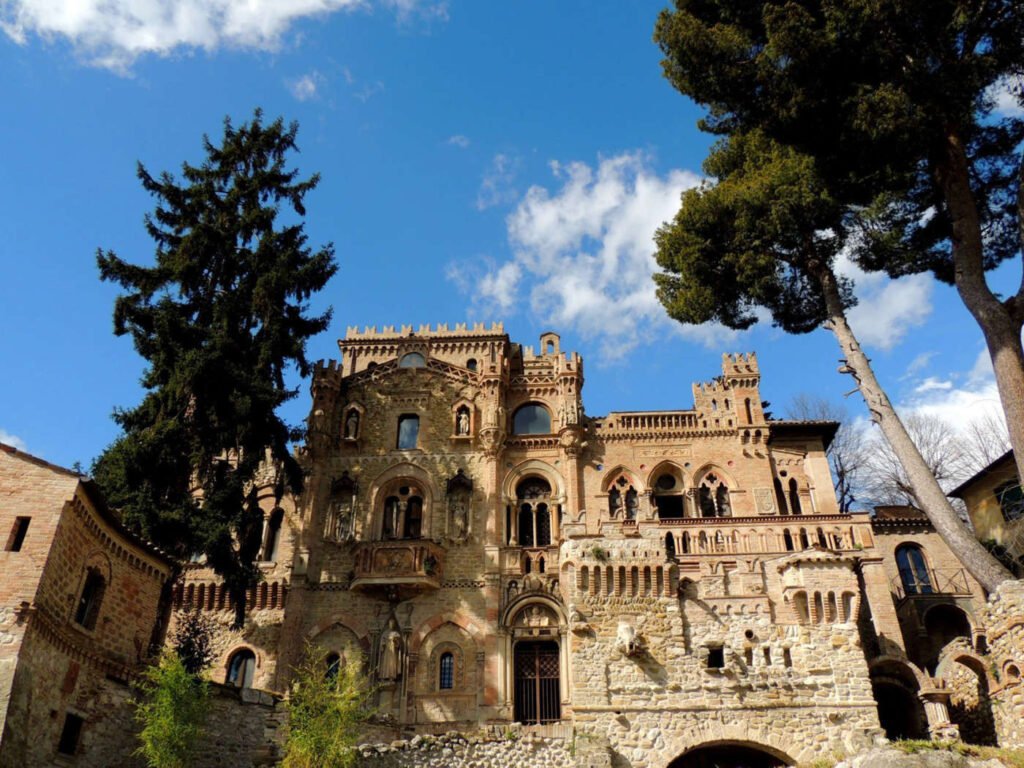
The city is surrounded by hills richly dotted with olive trees and vineyards, and the beach and mountains can be reached by car in just half an hour.
The Gran Sasso and Monti della Laga National Park
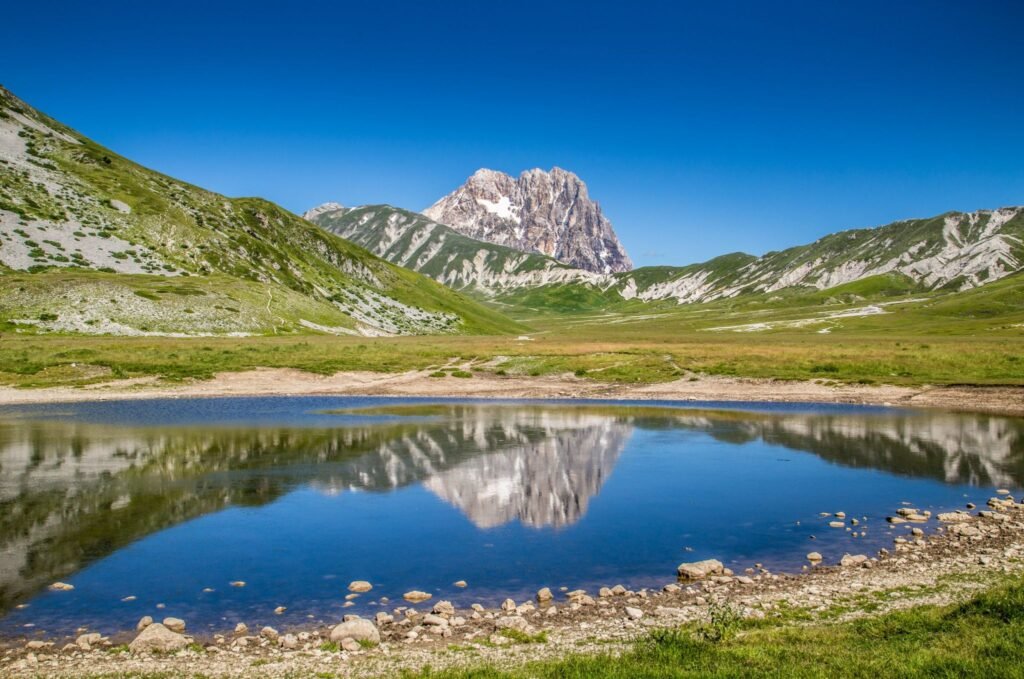
The Gran Sasso and Monti della Laga National Park is located in Abruzzo and is one of the largest protected nature reserves in Italy. The area is mainly mountainous, with peaks reaching 3,000 m above sea level, from which you can admire the sea panorama from a distance of over 40 kilometers. There are also beautiful stretches of meadows where you can easily meet sheep, cows and horses. There is no shortage of history among these mountains, with characteristic medieval villages.
Teramo Cathedral
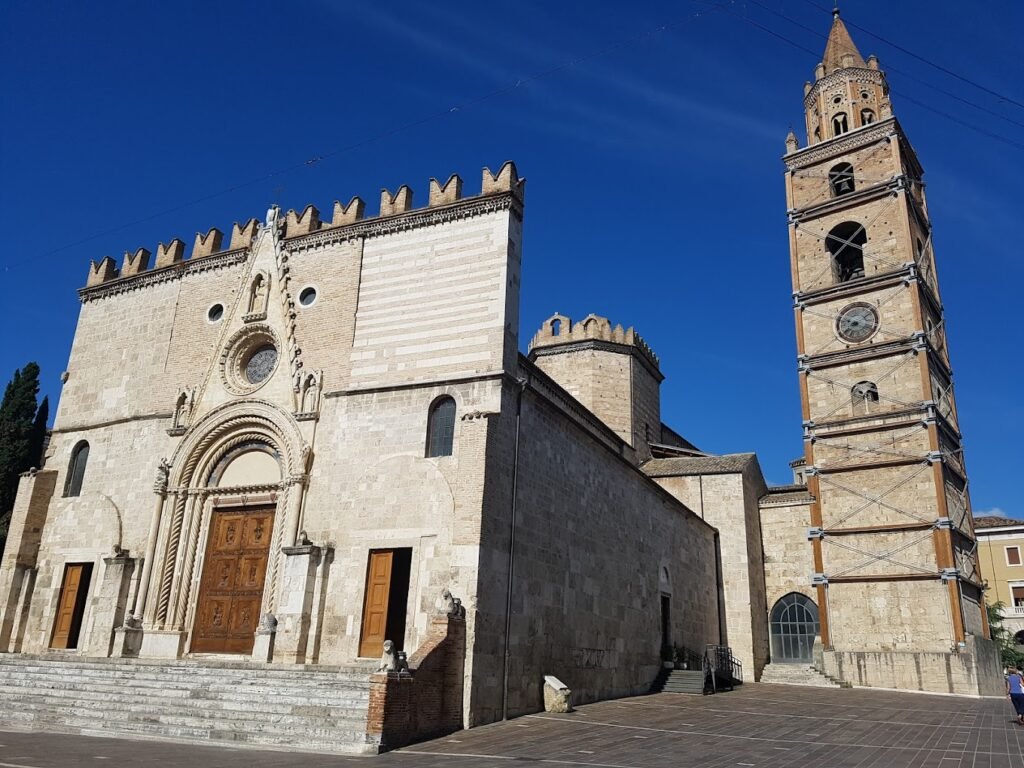
Cathedral of the Blessed Virgin Mary and Saint Berardo, with its considerable size and tall bell tower, is located in the center of Teramo, at the meeting point of the city’s main streets; around it stretched the four historic districts of the center: San Giorgio, Santo Spirito, Santa Maria in Bitetto and San Leonardo. The building is one of the most important religious and architectural works in Abruzzo, and the events related to its construction are intertwined with one of the saddest and most brutal events the city remembers.
Castello Della Monica
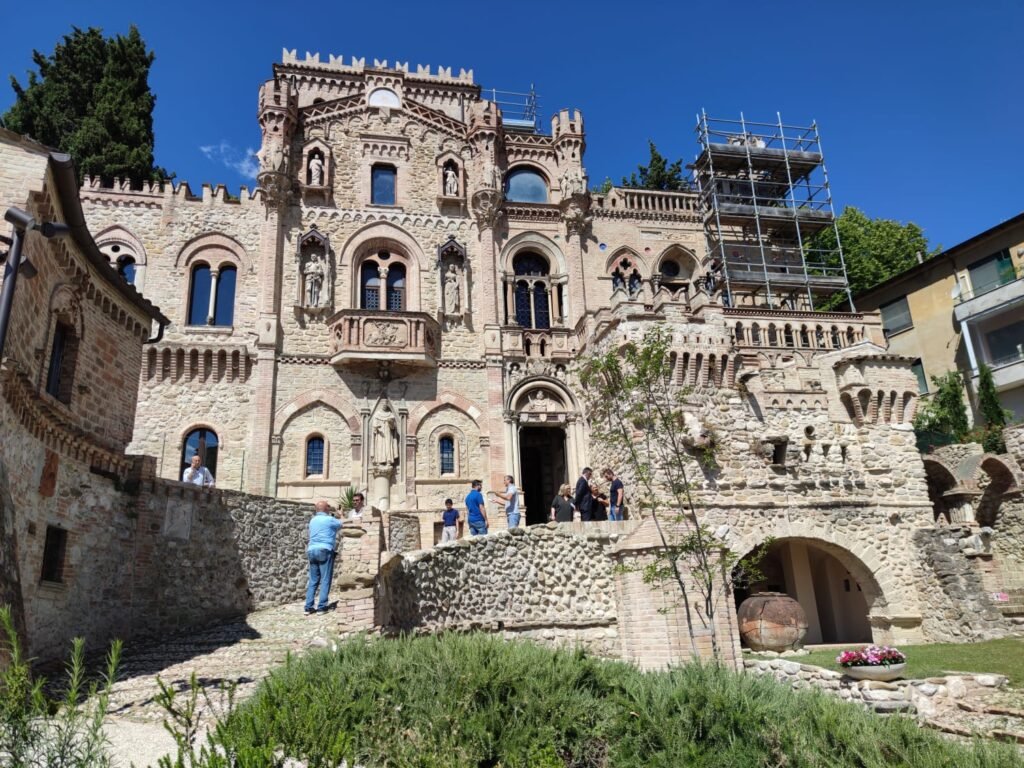
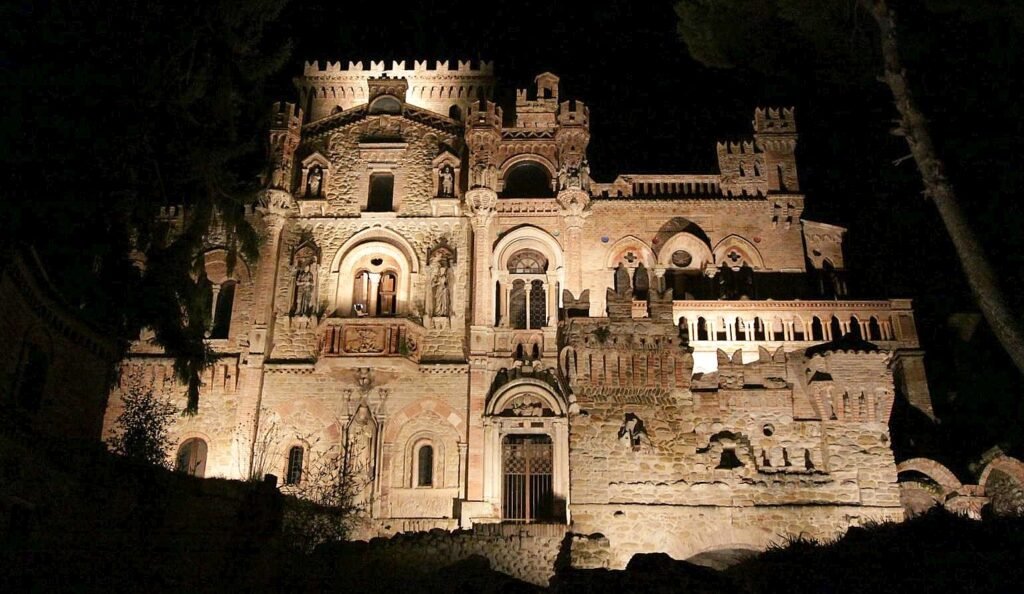
Castello Della Monica is an architectural unicum in the entire national panorama for its specific design: in fact it was designed and built as a personal residence by the Teramo artist Gennaro della Monica (architect, sculptor and painter, who lived between the nineteenth and twentieth centuries, of whom the Castle also took on its name) and is located in a close relationship of visual continuity with the city.
Civic Museum of Teramo
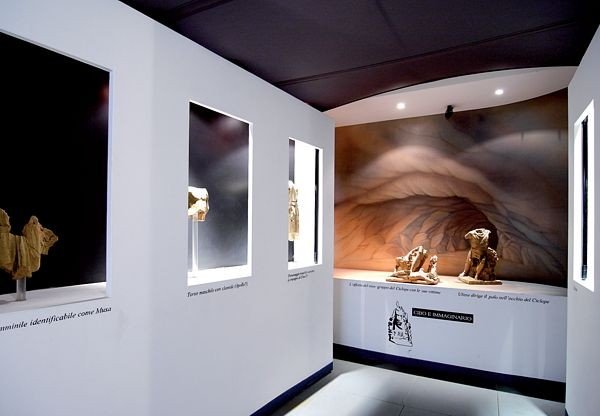
The Civic Art Gallery of Teramo is located in the center of Teramo and is located inside the former Court. Even today it is possible to admire the fresco in the main hall painted by Gennaro Della Monica. The Museum was founded between 1868 and 1888 to preserve and enhance the works that flowed from the churches. The museum collection was dispersed and damaged during the Second World War, only to be rearranged in 1923. The museum collection presents works from the fifteenth century to the end of the nineteenth century by local and surrounding artists.
Collurania-Teramo Observatory
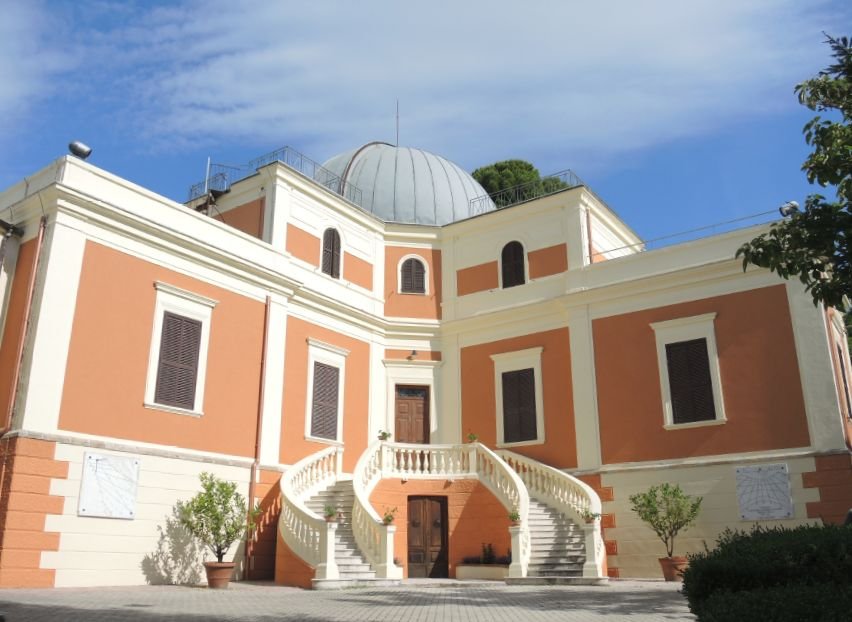
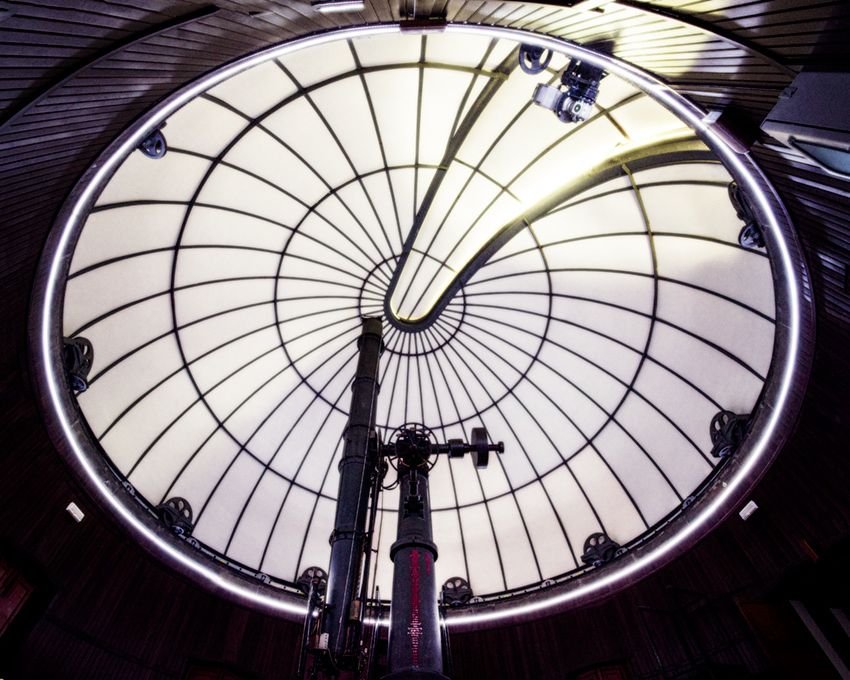
The Collurania Observatory, also Teramo Observatory is an astronomical observatory located in Teramo. It was founded by Vincenzo Cerulli in 1890, who was later honoured by having it bear his name. The observatory is owned and operated by the National Institute for Astrophysics (INAF). It has the IAU code 037.
Piazza Martiri della Libertà
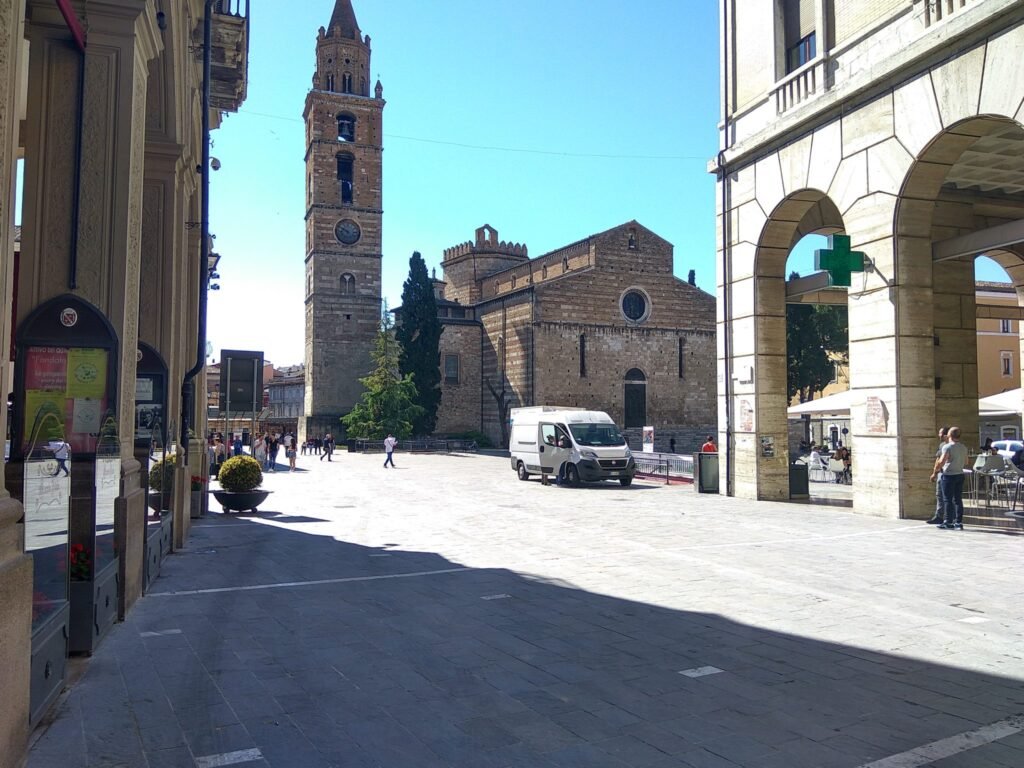
Piazza dei Martiri della Libertà is one of the main squares of Teramo, together with the adjacent Piazza Orsini, where the Cathedral overlooks, they represent the true heart of the historic center. During the year it is one of the main locations of numerous cultural, musical and sporting events. In addition to the Cathedral, one of the main monuments of Teramo, other historic and monumental buildings overlook the square such as the Bishop’s Palace, a 13th century building, the Seminary, built in 1597, and Palazzo Costantini, where under its arcades is the most ancient city café.
Necropolis of Campovalano Teramo
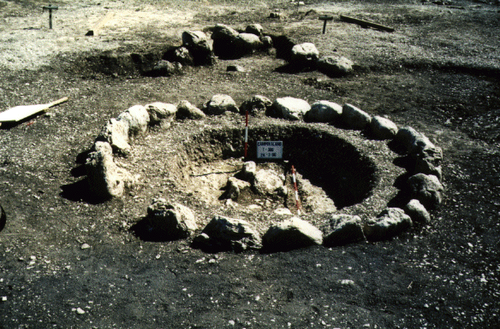
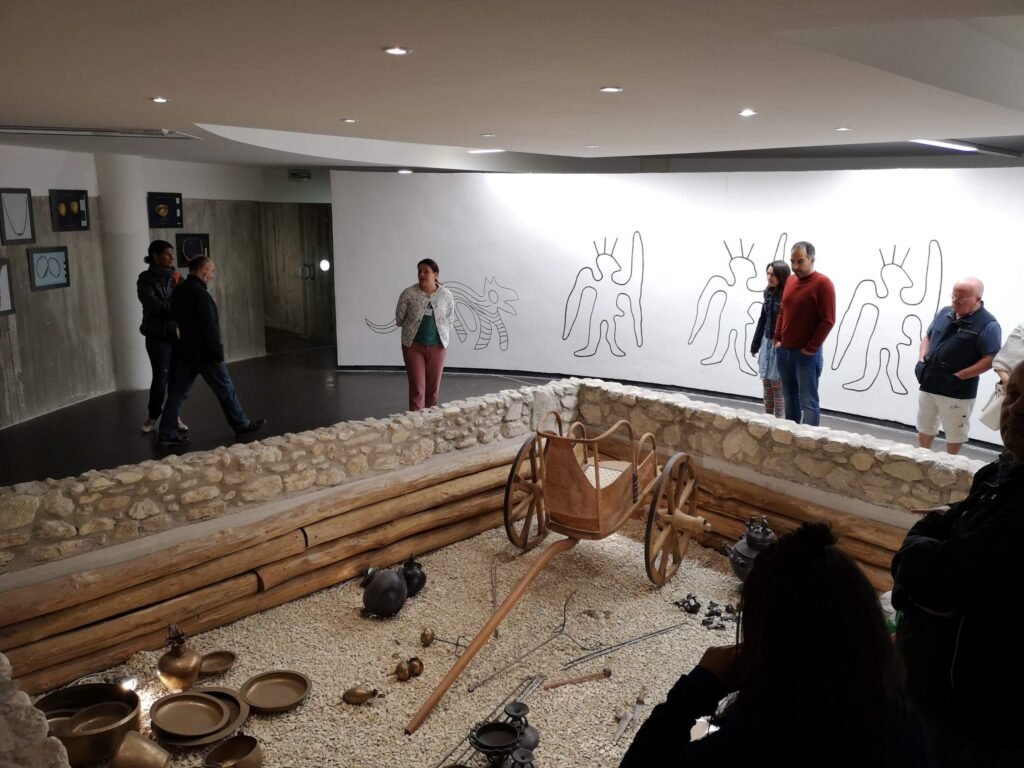
At the foot of the Twin Mountains, twenty kilometers away from the Adriatic, the Campovalano plain, extending over two hundred hectares, has returned traces of life and civilization dating back to the Bronze Age (XII – II century BC), with the oldest tombs characterized by large mounds enclosed by stone circles.
The finds have made it clear that this plain rich in sands, pebbles, clays, the result of alluvial deposits, was initially little used for agriculture, and much more for hunting, attested by Paleolithic weapons. Only in the Bronze Age the area of Campovalano became optimal for agricultural and pastoral activity.
To date, over six hundred burials have been excavated in the extensive necropolis, with an activity concentrated almost exclusively over the thirty years that run from 1967 to 1998. In 1990 a new phase of exploration of the Campovalano settlement began, with the exceptional results increased compared to the initial set-up. The funeral kits and their precious objects can be admired at the National Archaeological Museum of Campli, housed in the halls of the former convent of S. Francesco.
Galleria d’arte Mirò
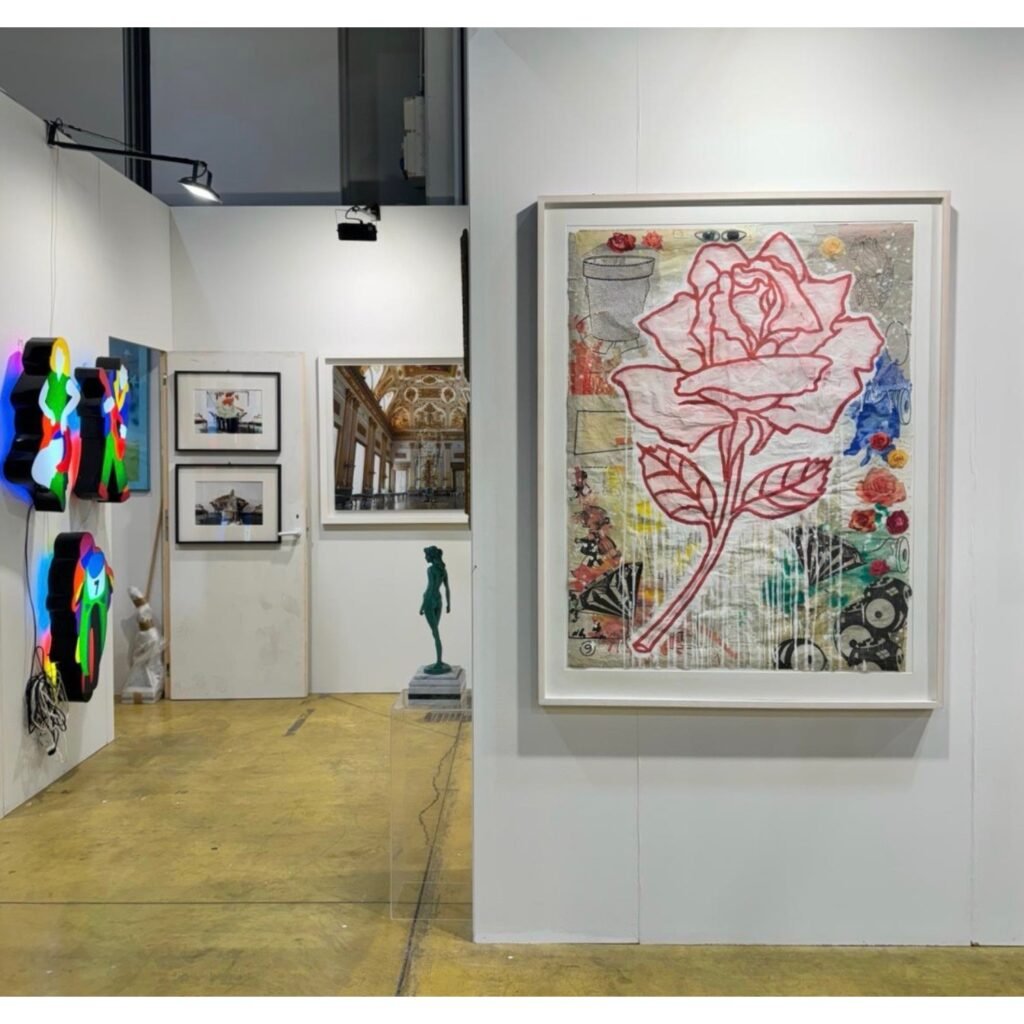
Mirò Art Gallery was founded in 1983. It operates in the market with two offices in Teramo and Alba Adriatica and actively participates in national art fairs and exhibitions. All products are guaranteed and certified.
Torre del Cerrano
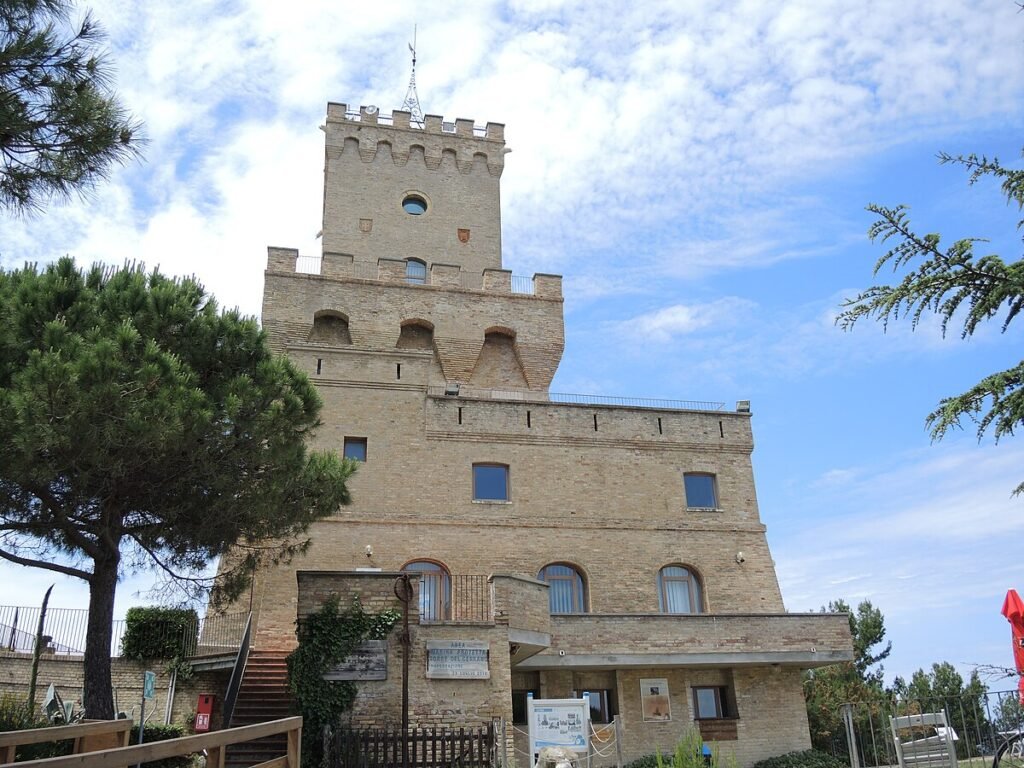
Torre del Cerrano, immersed in the greenery of a large pine forest close to the beach. It is one of the ancient coastal towers dating back to the Kingdom of Naples, built with the aim of defending the territory and nipping in the bud the frequent raids by Saracens and corsairs. The tower is now part of a marine protected area covering 3,431 hectares, starting with the square that includes the building itself and the stretch of sea in front of it. Still perfectly preserved, the Cerrano Tower can be admired from the outside and also visited inside, where it houses museums and exhibitions such as the International Veterinary Training Centre, a large library and the Maritime Museum.
